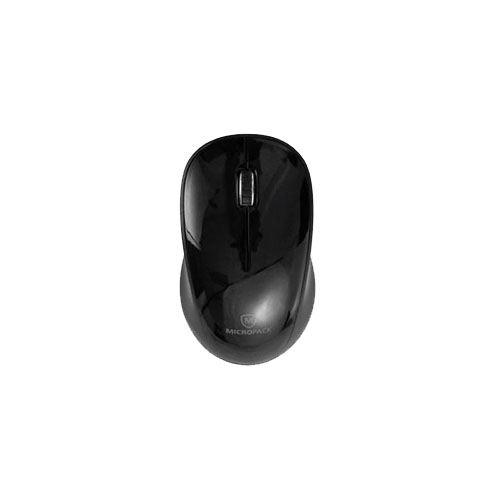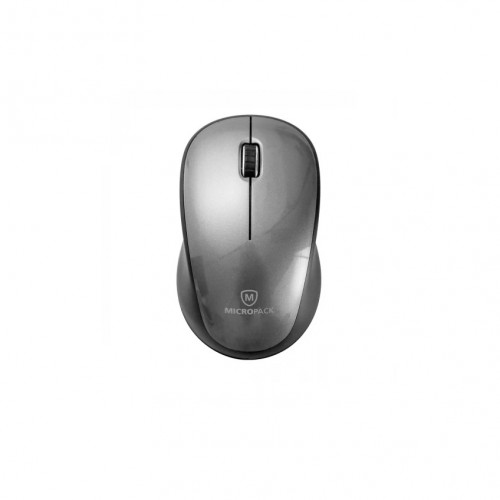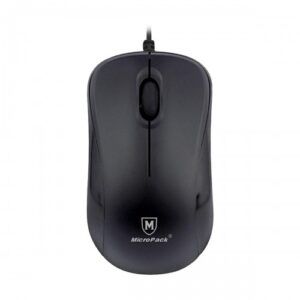Key Specifications and Main Features of 2.4GHz Wireless Technology
The 2.4GHz wireless RF technology has established itself as a cornerstone in modern devices, thanks to its compelling specifications and user-centric features. One of the primary advantages of this technology is its ability to facilitate a robust connection type that allows for reliable data transmission over longer distances compared to its 5GHz counterpart. This is particularly beneficial for applications requiring consistent connections without frequent dropouts, such as in gaming and smart home devices.
Another important specification is the resolution capability of 2.4GHz devices, often reaching up to 1200 CPI (Counts Per Inch). This level of resolution ensures precision and accuracy in user control, making it a popular choice for peripherals like wireless mice and other pointing devices. Additionally, users can often select from various resolution options, allowing them to customize their experience based on specific task requirements, ranging from detailed design work to rapid gaming interactions.
The significance of these features cannot be overstated, as they collectively enhance device performance and user experience. For instance, when employing a 2.4GHz wireless mouse, users may notice improved responsiveness and fluidity in their movements, making tasks easier and more enjoyable. Furthermore, the technology’s resistance to interference within crowded environments, such as offices or public spaces, ensures that devices maintain their effectiveness even amidst potential disruptions from other wireless signals.
In various applications, including home automation systems, audio equipment, and handheld devices, the advantages of 2.4GHz wireless technology become even more apparent. The increased range and stable connectivity allow users to operate devices seamlessly and with confidence. Therefore, understanding the key specifications and main features of 2.4GHz wireless technology is crucial for consumers and developers alike when making informed decisions about technology integration in everyday devices.
Physical Specifications and Design Elements of 2.4GHz Wireless Devices
Devices utilizing 2.4GHz wireless RF technology exhibit a range of physical specifications and design elements that significantly contribute to their functionality and user appeal. One prevalent characteristic observed in these devices is their predominant black color. This color choice not only aligns with modern aesthetic trends but also enhances the devices’ versatility, as they can seamlessly blend into various environments, whether in professional settings or home offices. The sleek, understated design of black-colored devices often conveys a sense of sophistication and professionalism, making them appealing choices for users who prioritize both style and functionality.
Beyond color, the design elements of 2.4GHz devices are thoughtfully curated to enhance user experience and operational effectiveness. One notable feature is the integration of silent switches. These switches are engineered to reduce or eliminate noise during operation, which is crucial in environments where sound sensitivity is significant, such as offices or shared spaces. By minimizing auditory distractions, silent switches contribute to a more focused and productive work atmosphere, allowing users to concentrate better on their tasks without the interference of mechanical sounds.
The overall physical design of these devices plays a vital role in not just their functionality but also in the user’s emotional connection to the product. Designers of 2.4GHz wireless devices have recognized the importance of balancing aesthetic appeal with practical usability. Innovative layouts, ergonomic shapes, and textured finishes enhance the tactile experience, ensuring that users enjoy operating the devices. Moreover, attention is given to portability and compactness, allowing these devices to be easily transported without compromising performance. As such, the design elements that consider both the visual and functional aspects significantly enhance the effectiveness and overall user satisfaction of modern wireless technology.






